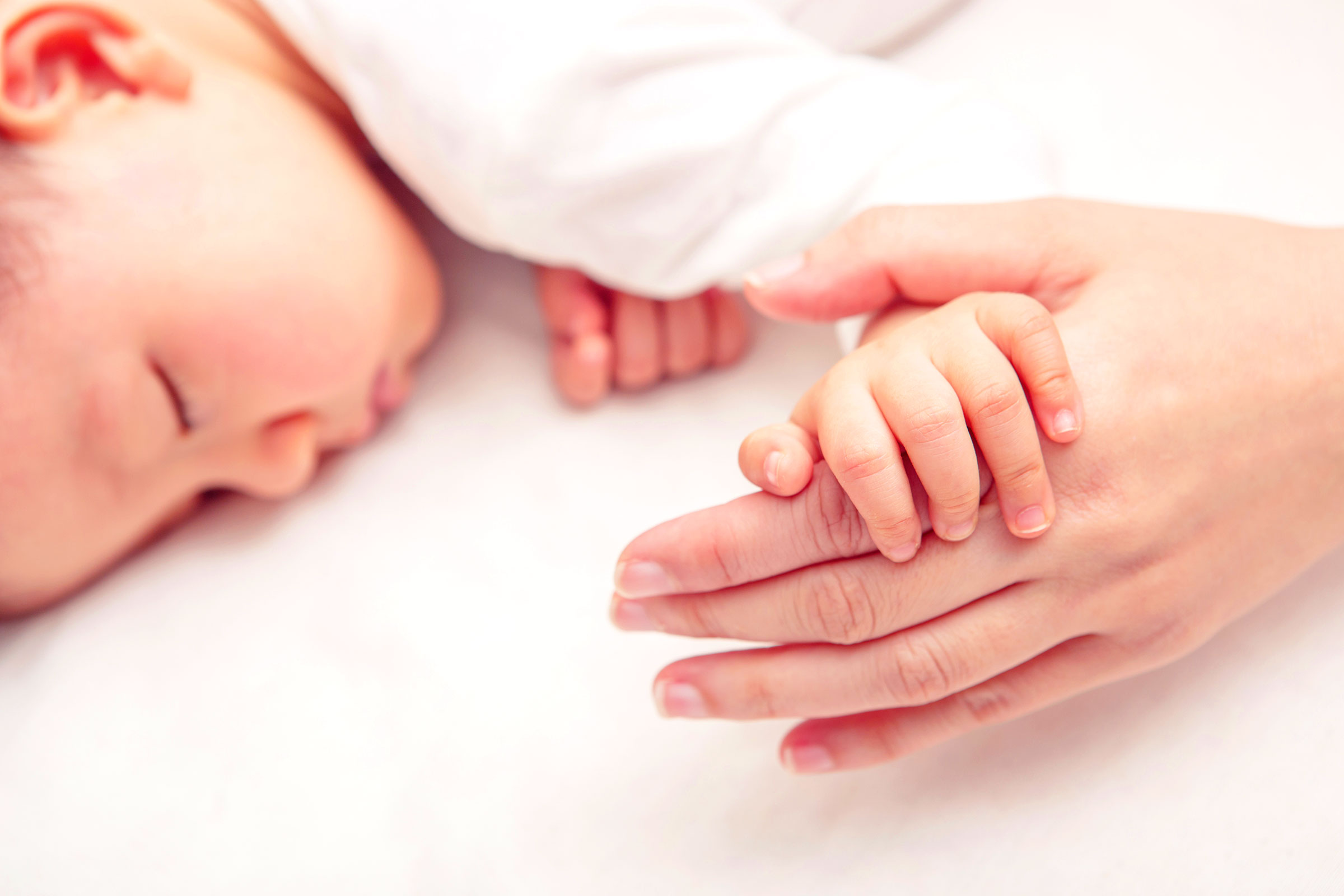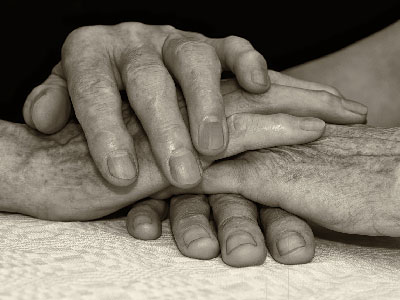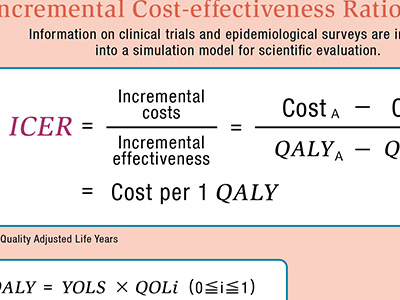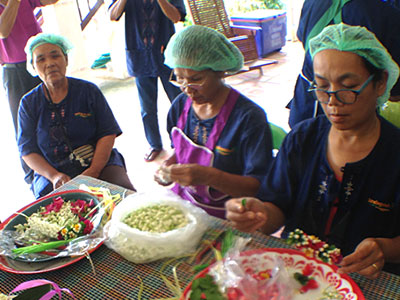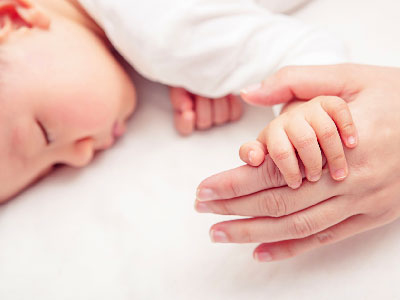STORY #10
Thinking Beyond
Just Figures
Hideki Yui
Senior Researcher, The Kinugasa Research Organization
Kashimi Yoshida
Senior Researcher, The Kinugasa Research Organization
A need for systems to provide support in sympathy with the feelings of people living in the present day
A declining birthrate is a grave problem for any society. To support the aging of society, we must increase the birthrate. With such statements, countermeasures to counteract the falling birthrate have been promoted on a nationwide scale.
“But surely that equates to the reproduction control and management instituted by the government during World War II, when the slogan of ‘Be fruitful and multiply’ was used to encourage childbirth?” Quite a number of researchers have posed this question. Hideki Yui and Kashimi Yoshida say that they also feel uncomfortable that reproduction and childrearing are being discussed in the context of countermeasures against the declining birthrate. They are trying to bring the challenges of the modern era to the fore through historical studies, while searching for solutions.
One of the themes Yui is currently tackling is a study on sterility. Looking back on historical perspectives, Yui has indicated that assisted reproductive technology such as artificial insemination and external fertilization have been influenced by the values and policies of individual societies. He says that “issues surrounding sterility treatments in the modern era are closely linked to policies aimed at countering the declining birthrate.”
It was 1989 when the total fertility rate dropped to 1.57 and the issue of a declining birthrate became conspicuous. Since then, a series of countermeasures to counteract the falling birthrate have been launched. In this context, the necessity of sterility treatment consultations and the provision of information were declared. “Only legally married couples are eligible to receive subsidies for sterility treatments conducted as a countermeasure against the falling birthrate. We cannot gloss over a situation where a helping hand is extended only to those subjects whom the government considers ideal,” Yui points out.
The aging of the ovum—currently regarded as a problem—has frequently been a topic of discussion with regard to countermeasures against the declining birthrate, because it is directly connected to sterility. In the 1970s, local municipalities led a campaign to prevent the birth of children with disabilities, called “The Campaign to prevent unhappy birth,” and some lawmakers attempted to enact an article to allow abortion of fetuses with disabilities under the Eugenic Protection Act. These movements faced harsh resistance from organizations of people with disabilities, and since that time, the government has ceased to openly discuss the prevention of births of disabled children. However, a close examination of policy-level discussions in relation to countermeasures against the falling birthrate shows that an increase in birth defects due to the aging of the ovum has secretly been regarded as an issue. “Such things illustrate the government’s ideal regarding the shape of parent-child relationships,” says Yui.
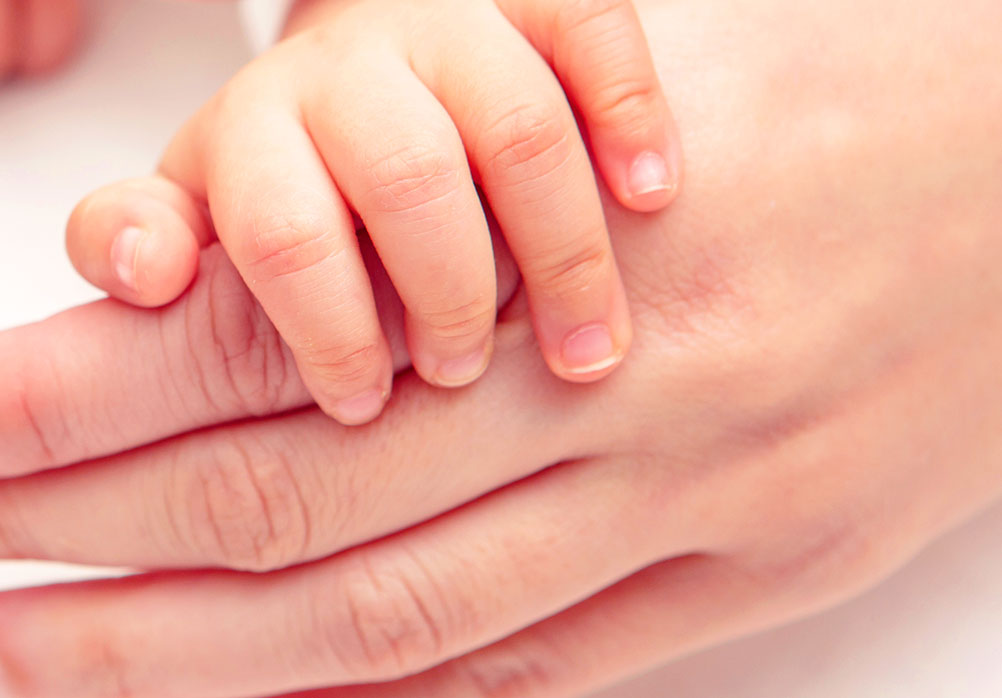
At the same time, Yoshida is interested in the problem of childrearing after a birth. As part of this, she focuses on adoption arrangement systems and has presented an interesting study comparing the historical changes and current situation between the Japanese and American systems.
“In Japan, the number of special adoptions involving a child of less than six years old and a couple of 25 years or older remains about 300 to 400 every year, while some children are adopted by overseas adoptive parents, as they were never adopted in Japan. Most of approx. 40,000 children in need of care are placed in institutions while very few are grown under foster family system,” says Yoshida to explain the current situation. The situation in the U.S. is in marked contrast to that in Japan. The focus is on an upbringing in a family rather than an institution, with the number of adoptions overwhelmingly larger than that of Japan. A diverse range of children are adopted, regardless of race, disability, or nationality. America aims for an adoption system that considers the well being of the birth parents, the children, and the adoptive parents, which also challenges related problems such as social oppression against women, exploitation, and discrimination.
Yoshida analyzes the reason for this as follows. “Historically speaking, Japan legalized abortion early on and restrained out-of-wedlock births. As a result, adoption arrangements to support expectant and nursing mothers and their infants were not institutionalized.” Yoshida considers that on the other hand, in the U.S., where resistance against abortion is strong from certain religious viewpoints, adoption and single parenthood have been established as options for women.
What Yoshida regards as a problem is that “Japanese social norms and legal systems exclude women marginalized in the society.” During the process leading to adoption, there is a mountain of problems such as biased sex education, abuse, violence, prostitution, and exploitation in the sex industry; and what we must address is how we can support girls and women. “In the process of abortion and use of the adoption system, it is difficult for women to make decisions independently and autonomously,” Yoshida says.
Yui notes, “Before thinking about the issue of numbers, we have to think about a society where children who have already been born can easily and comfortably lead a life and grow first of all,” Yoshida agrees, saying, “We have to think about children in the framework of child welfare that includes women who can be in difficult situations due to pregnancy or childbirth.” As one, they say, “As researchers, our role is to focus on people living in the present day and look back on history to provide critical ideas.”
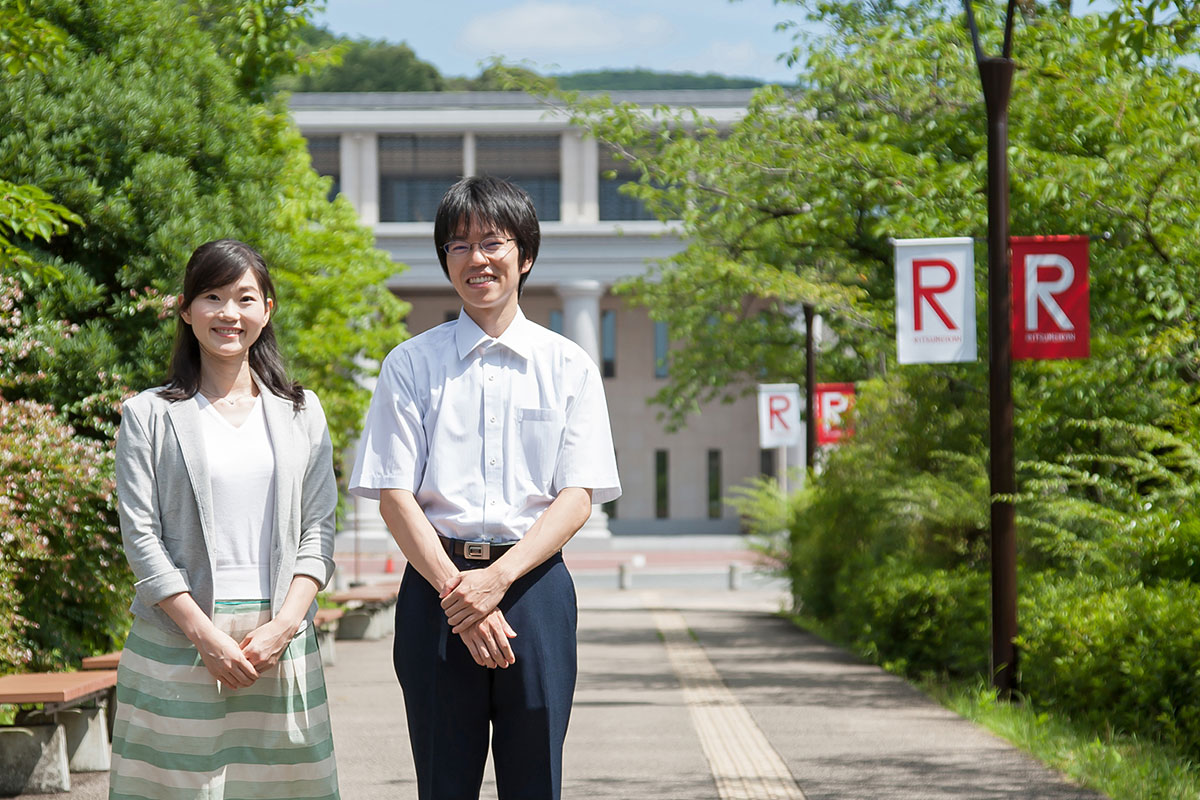
Hideki Yui[Left]
Senior Researcher, The Kinugasa Research Organization
Subject of Research: A Historical Study of Infertility Treatment
Research Keywords: Sociology/History of science and technology, Family sociology, Bioethics
Kashimi Yoshida[Right]
Senior Researcher, The Kinugasa Research Organization
Subject of Research: Historical study of adoption systems in Japan and the U.S.
Research Keywords: Social and legal history, bioethics, gender, child welfare
In relation to the “Human Services Project on Formation of Family” study of the Institute of Human Sciences, which is run by Yui and Yoshida, a book titled Opening the Door of Learning with a Theme: Birthrate Decline, Pregnancy, Childbearing, and Childrearing will be published by Hokujyu Shuppan in April 2017. As the editor, Yui says, “I hope that this book—which closely analyzes our society with a declining birthrate through topics relating to pregnancy, childbearing, and childrearing such as infertility, adoption, childcare support, and diagnosis before birth—will facilitate discussion of measures to counteract the falling birthrate across multiple perspectives.”
